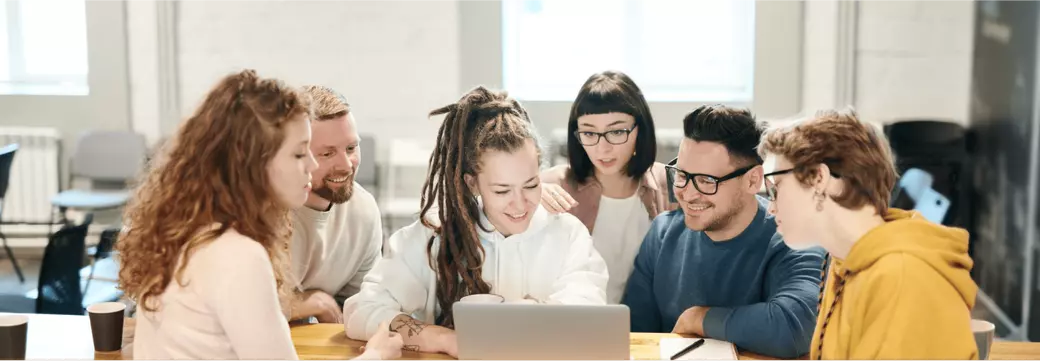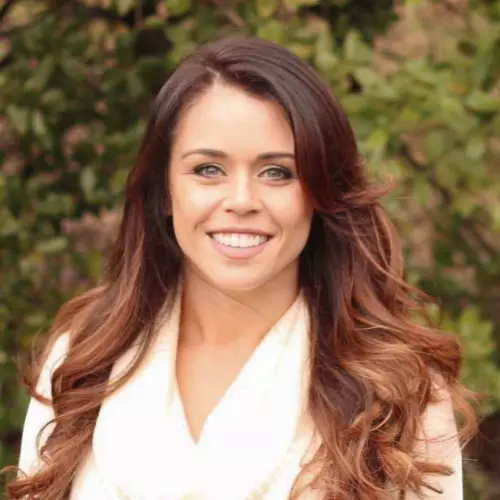Tips for Organizing Kids’ Toys and Books

Organizing kids’ toys and books can feel overwhelming, but it helps to start small. Begin with a clear-out. Sort through everything and pull out broken or unused items. Keep what your child actually plays with or reads. The rest can be donated, recycled, or passed along. Try not to keep toys “just in case.” If a toy hasn’t been touched in months, it’s probably safe to let go. Once you’ve cleared the clutter, group similar items together. Books in one place, blocks in another. It’s easier for kids to clean up when they know where things go. Labeling bins or shelves can help, especially for younger kids.
Use storage that makes sense for your space. Open bins are great for quick cleanup. Low bookshelves help kids reach their own books. Cubbies or baskets work well for small toys or art supplies. Clear containers let kids see what’s inside without opening every lid. Avoid deep toy chests where things get lost at the bottom. Store heavier items lower and lighter items up high. Rotate toys if you’re short on space—keep some in storage and switch them out monthly. Keep a small basket in the living room for items that travel around the house. That way, cleanup at the end of the day is easier. Try to create storage systems your kids can use without much help. The goal is to keep things simple and accessible.
Set up small routines to keep things tidy. Try a quick five-minute pickup before dinner or bedtime. Teach kids to put things back before starting something new. Make it part of the daily rhythm. You can turn cleanup into a game or use a timer to make it more fun. Praise effort over perfection. Even if it’s not perfect, it’s progress. Talk with your child about why cleanup matters. It teaches respect for their belongings and their space. You’re not just organizing—you’re teaching habits. Be patient if they forget. Repetition helps new habits stick. Over time, it gets easier for everyone.
Make your space work for your family. Some families like a quiet reading corner. Others may need a craft table with supplies close by. Create zones if you have the room—books here, games there, puzzles in another spot. You don’t need fancy furniture to stay organized. Use what you have in new ways. Reuse bins or boxes before buying new ones. Stay flexible and adjust as your child grows. What works today may not work next year. Keep checking in to see what’s still useful. A well-organized space helps kids play better, learn better, and feel more at ease. And it helps parents feel a little more in control too.
Recent Posts











"My job is to find and attract mastery-based agents to the office, protect the culture, and make sure everyone is happy! "
GET MORE INFORMATION
